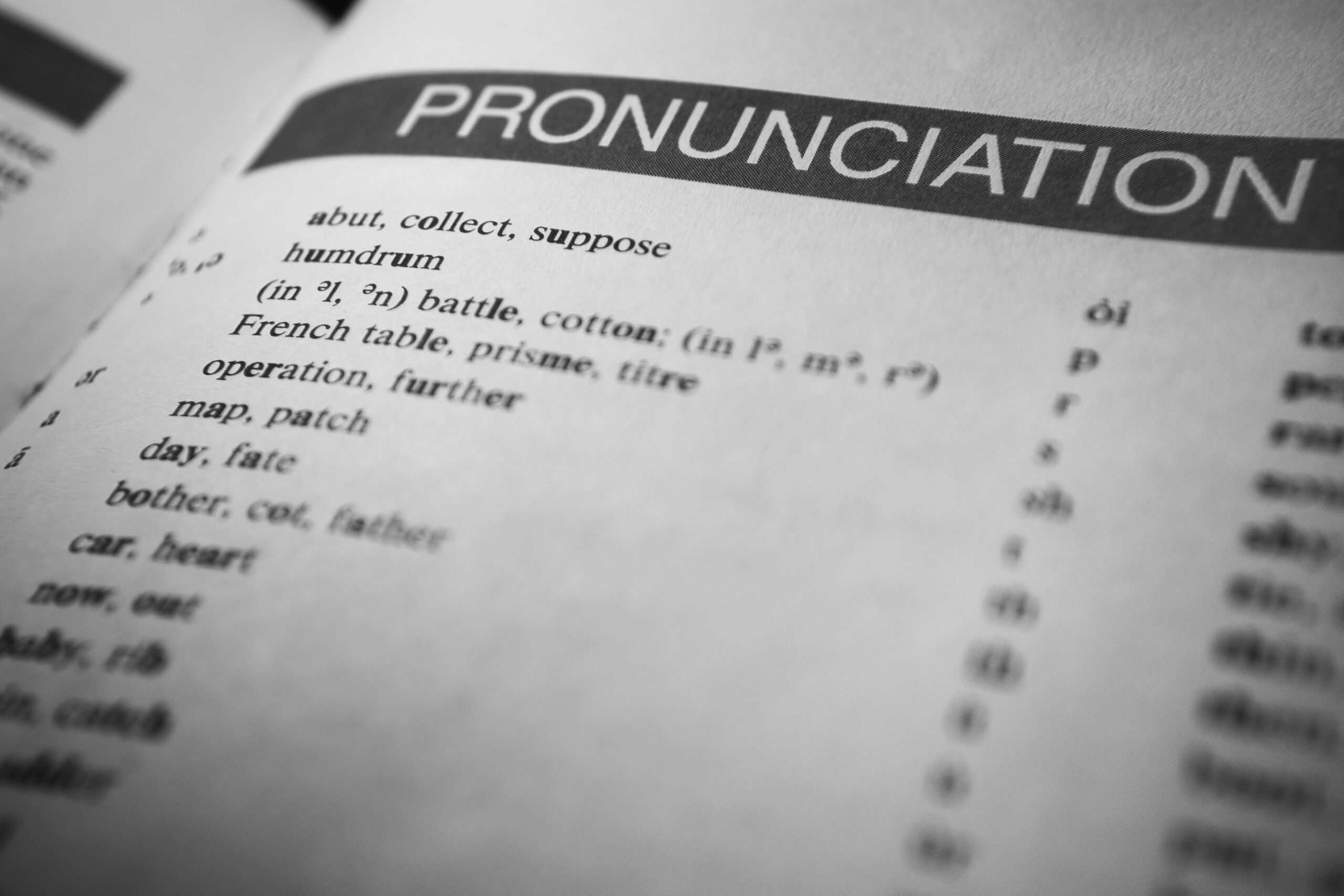Responding to Multilingual Student Writing: A Model for Identifying Concerns and Framing Feedback
In my interactions with faculty colleagues, an often-repeated theme is the need to support students in developing writing skills. Faculty value supporting student writing, recognizing that local employers desire graduates with strong literacy, writing, and communication skills (Conference Board of Canada, 2015). A challenging area for many faculty is determining the best ways to support multilingual student writers in becoming effective communicators in English.
A first response when we notice student difficulties in writing is often to suggest additional remediation in grammar. While it is true that some students may benefit from English language learning support, the differences we observe may come from other root causes. Correctly “diagnosing” the root cause of student writing challenges can lead to more targeted and effective instructional solutions.
In my experience working with multilingual writers in a variety of contexts, I’ve observed three primary reasons why faculty might find that students’ writing differs from their expectations:
- Ongoing language acquisition,
- Differences in varieties of English, and
- Discourse and genre-related issues.
Ongoing Language Acquisition
At KPU, as is the norm at other institutions across Canada, many students are admitted on the basis of their scores on the IELTS exam, with a band score of 6.5 out of a possible 9. When compared with the Common European Language Framework, another common framework for describing language proficiency, this indicates that students are just emerging into the category of proficient language user, and thus are still growing in their academic language development (British Council, 2021). With ongoing focused practice using academic English, including class attendance, reading, and writing, proficiency continues to develop.
Strategies for working with students at this level include focusing primarily on errors that impede your understanding as the reader (Matsuda & Cox, 2011) and helping students identify patterns of high frequency errors in their work (Cogie et al., 1999). Selectively identifying areas for students’ to focus their improvement can be more effective than noting and correcting all errors (Ferris, 2008), as it allows students to focus on a meaningful goal, rather than a vague intention to “improve grammar”.
Differences in Varieties of English
Many KPU students come to our classrooms having studied in English in their previous education; however, they are more familiar with a variety of English other than Canadian English. Kachru (1996) compares three categories of world English: inner circle varieties (e.g. British, American, Canadian, and Australian varieties), which are high-prestige varieties associated with native speakers, outer circle varieties (e.g. Indian, Kenyan, Nigerian, and Singaporean varieties), where English began as a colonial imposition and evolved into a local form, and expanding circle varieties (e.g. English as spoken in China, Japan, Egypt, etc.), where English is primarily a learned language used for global communication.
Many KPU students are familiar with an “outer circle” variety of English, which may be unfairly stigmatized, despite the legitimacy of the pronunciation, vocabulary, and grammatical characteristics of their variety from a linguistic and cultural perspective. Often, students’ writing may reflect their proficiency in an “outer circle” variety. Differences that we may perceive as confusing may be the result of our students’ unfamiliarity with the specific traits of Canadian English. When working with students who are proficient in a different variety of English, providing cultural information can be a useful strategy. Rather than responding to difference as error, it can be helpful to explain to students what communication choices might facilitate easier communication with Canadian English speakers.
While working in this area can be complex, largely because many individuals are speakers of English as an additional language while simultaneously being speakers of another English variety (Sharma, 2005), responding to difference as difference rather than error can help students understand ways in which their writing may not fit the needs of their new context, while maintaining respect for students’ culture, identity, and existing language proficiency.
Discourse and Genre Related Issues
Often, a piece of writing may seem particularly difficult to understand not because of smaller grammatical errors, but because its organization is unexpected, and the flow of the writer’s argument seems difficult to discern. These difficulties occur at the discourse level of language, which shapes the way text is organized. Additionally, despite our frequency in using the term “academic writing”, there is in fact no one universal style that works across disciplines; academic writing expectations are connected to the genres used within specific disciplines.
Academic literacies (Lea & Street, 1998) is an approach to student writing that suggests all students (not just multilingual writers) are on the journey to acquiring the ways of reading and writing information used within their discipline(s). The academic literacies approach requires us to re-think our assumptions about the literacies that students bring to our classes and offers a reminder that these literacies are learned within the context of a course.
Because academic literacies acquisition is a task for all students, support for understanding the specific features of the text the students are writing can often be effectively embedded in class instruction. This involves using an example of a well-written text, and walking students systematically through the organization, explaining what makes the text effective (working through an instructor-written ineffective text can also be a good next step). Not sure how to approach this? The good news is that support is available from the Teaching and Learning Commons.
Applications for Practice
When providing feedback and grading student writing, consider the following “3-C” framework.
| Clear | As much as you are able, within your knowledge, identify the specific issue the student struggles with. While all faculty are not expected to be language experts, consider how you might help students label their growth areas accurately. |
| Constructive | Identify a specific step that the student can take. General comments such as “work on grammar” are difficult to translate into action steps. A more specific comment like “your writing often includes incomplete sentences; read through your writing carefully before submitting to make sure that all sentences are complete” may translate into more actionable learning for the student. |
| Contextual | Particularly where intercultural learning is a relevant factor in your feedback, contextualize comments within the Canadian culture and your disciplinary culture. A comment that includes information like “in Canadian business English” or “in scientific writing” acknowledges that students are working to acquire a specific genre of writing, while clarifying what is expected. |
Helping students communicate their ideas clearly, and in ways that will facilitate academic and employment success is an important part of our work. By expanding the lenses through which we view student writing challenges, we will learn to diagnose problem areas and direct students towards learning opportunities that will facilitate their ongoing development.
References
British Council (2021). Understand and explain the IELTS scores. IELTS. https://takeielts.britishcouncil.org/teach-ielts/test-information/scores-explained
Cogie, J., Lorinskas, S., & Strain, K. (1999). Avoiding the proofreading trap: The value of the error correction process. The Writing Center Journal, 19(2), 7.
Conference Board of Canada. (2015). Skills for success: Developing skills for a prosperous BC. https://www.conferenceboard.ca/temp/3f9dca68-1351-4df7-af5d-94052cbb32b4/6686%20-%20BC%20Skills%20for%20Success%20-%20RPT.pdf
Ferris, D. (2008). Response to student writing: Implications for second language students. Lawrence Erlbaum Associates. doi:10.4324/9781410607201
Kachru, B. B. (1996). World Englishes: Agony and ecstasy. Journal of Aesthetic Education, 30(2), 135. https://doi.org/10.2307/3333196
Lea, M. R., & Street, B. V. (1998). Student writing in higher education: An academic literacies approach. Studies in Higher Education, 23(2), 157–172. https://doi.org/10.1080/03075079812331380364
Matsuda, P. K., & Cox, M. (2011). Reading an ESL writer’s text. Studies in Self-Access Learning Journal, 2(1), 4–14.
Sharma, D. (2005). Dialect stabilization and speaker awareness in non-native varieties of English. Journal of Sociolinguistics, 9(2), 194–224. https://doi.org/10.1111/j.1360-6441.2005.00290.x
Christina supports faculty in their journey of understanding and enriching learning for culturally diverse students, while aiming to facilitate a more joyful intercultural teaching experience. In addition to her work in the Teaching and Learning Commons, her KPU Learning Strategist role allows her to see the learning process from the student side and to integrate her understanding of both faculty and student perspectives. Her educational background includes applied linguistics and educational studies, and her roles have included ESL instructor, literacy consultant, researcher, and adult educator in both Canadian and international contexts. Christina facilitates workshops, connects faculty with relevant resources, and is available for individual consultations.





